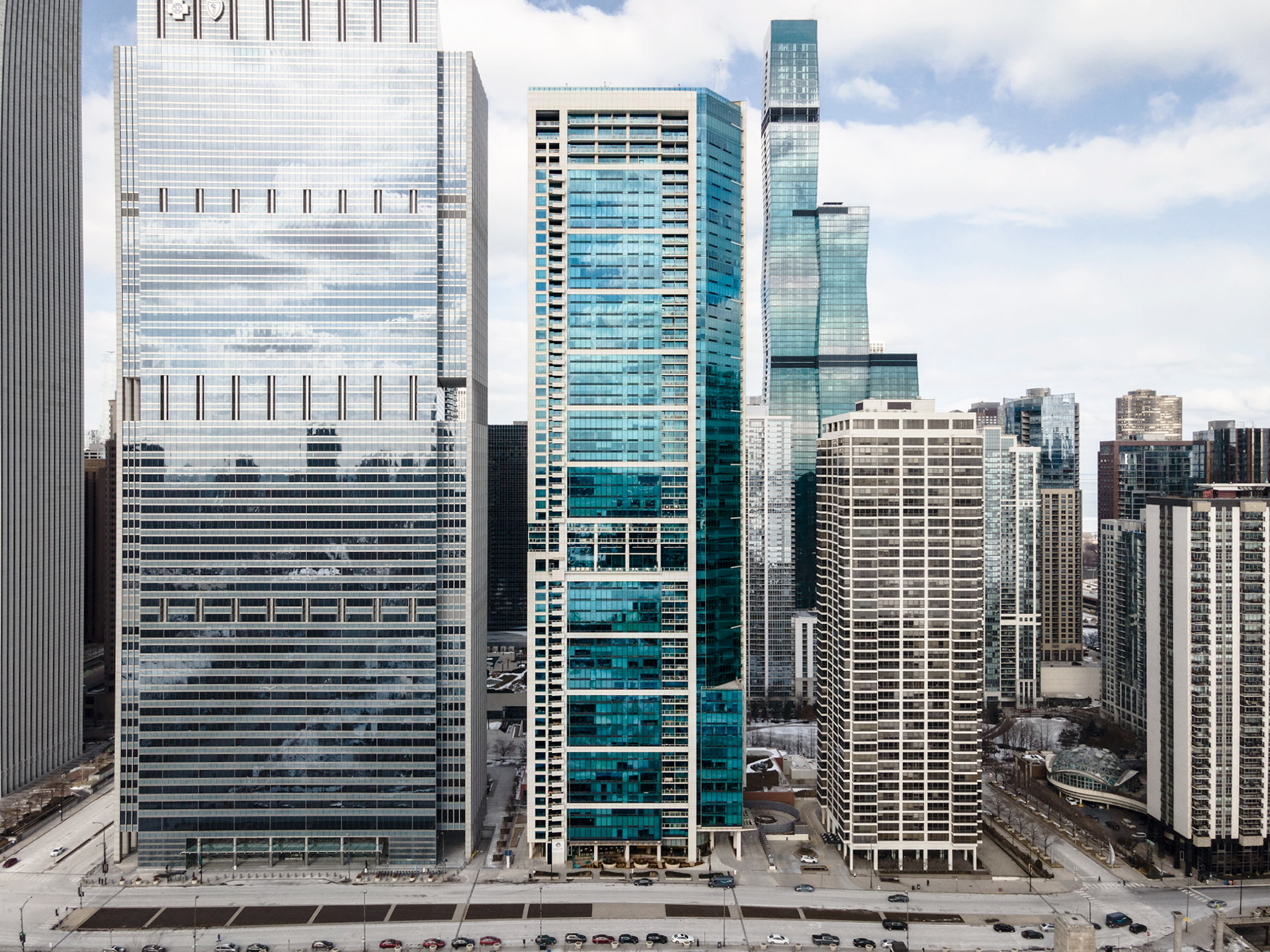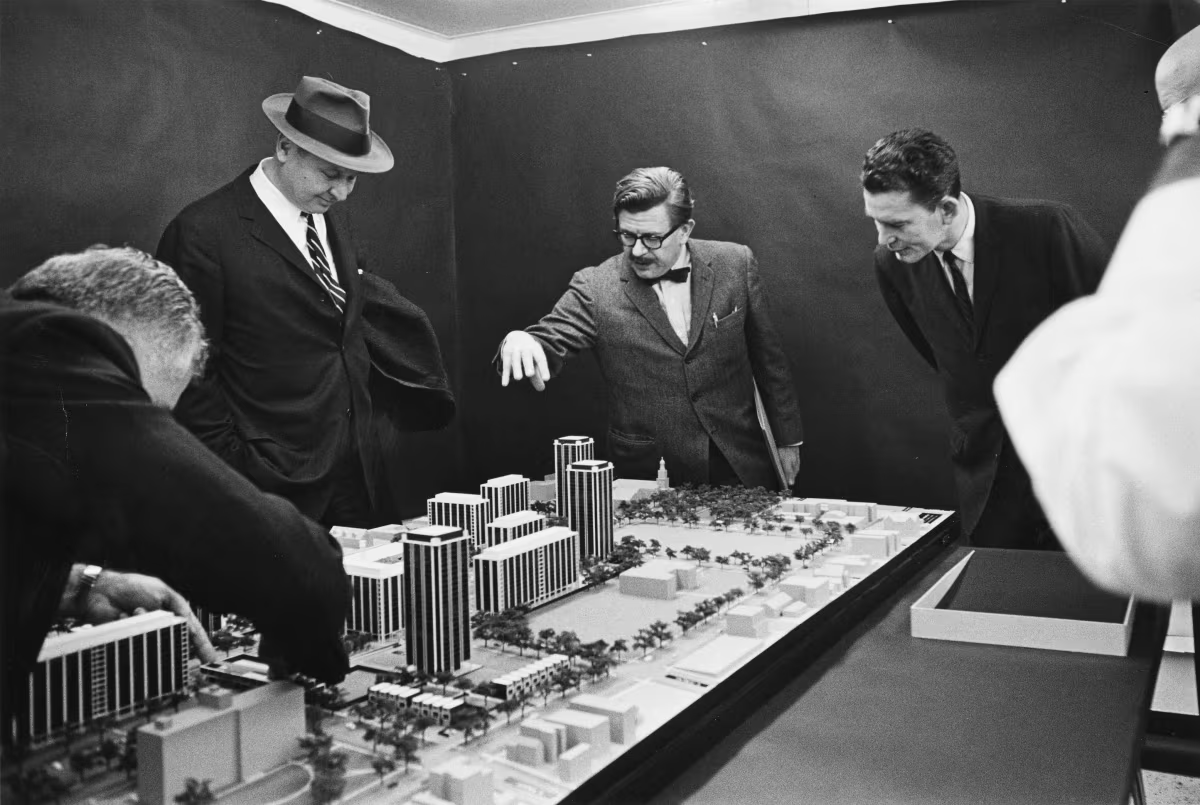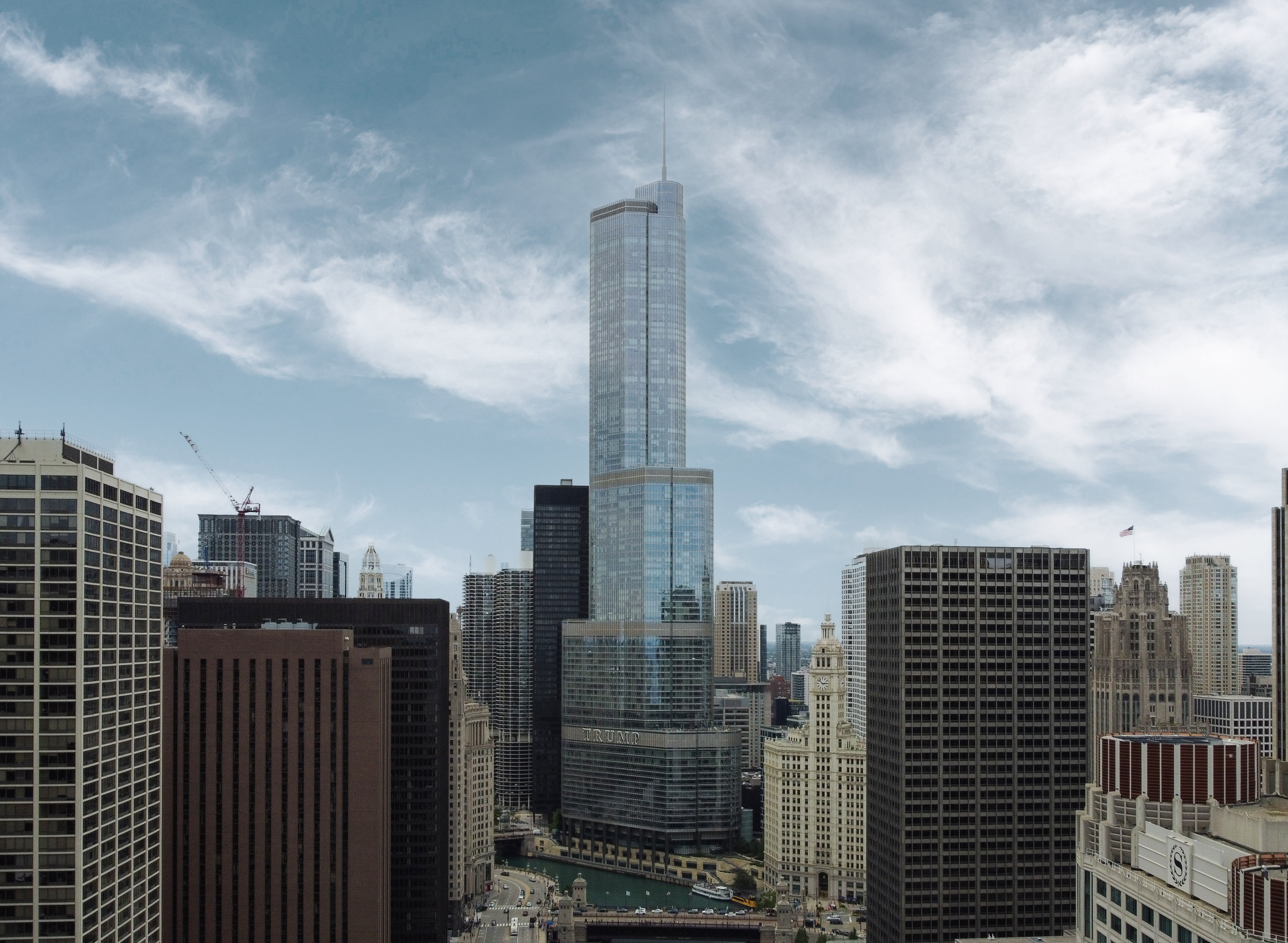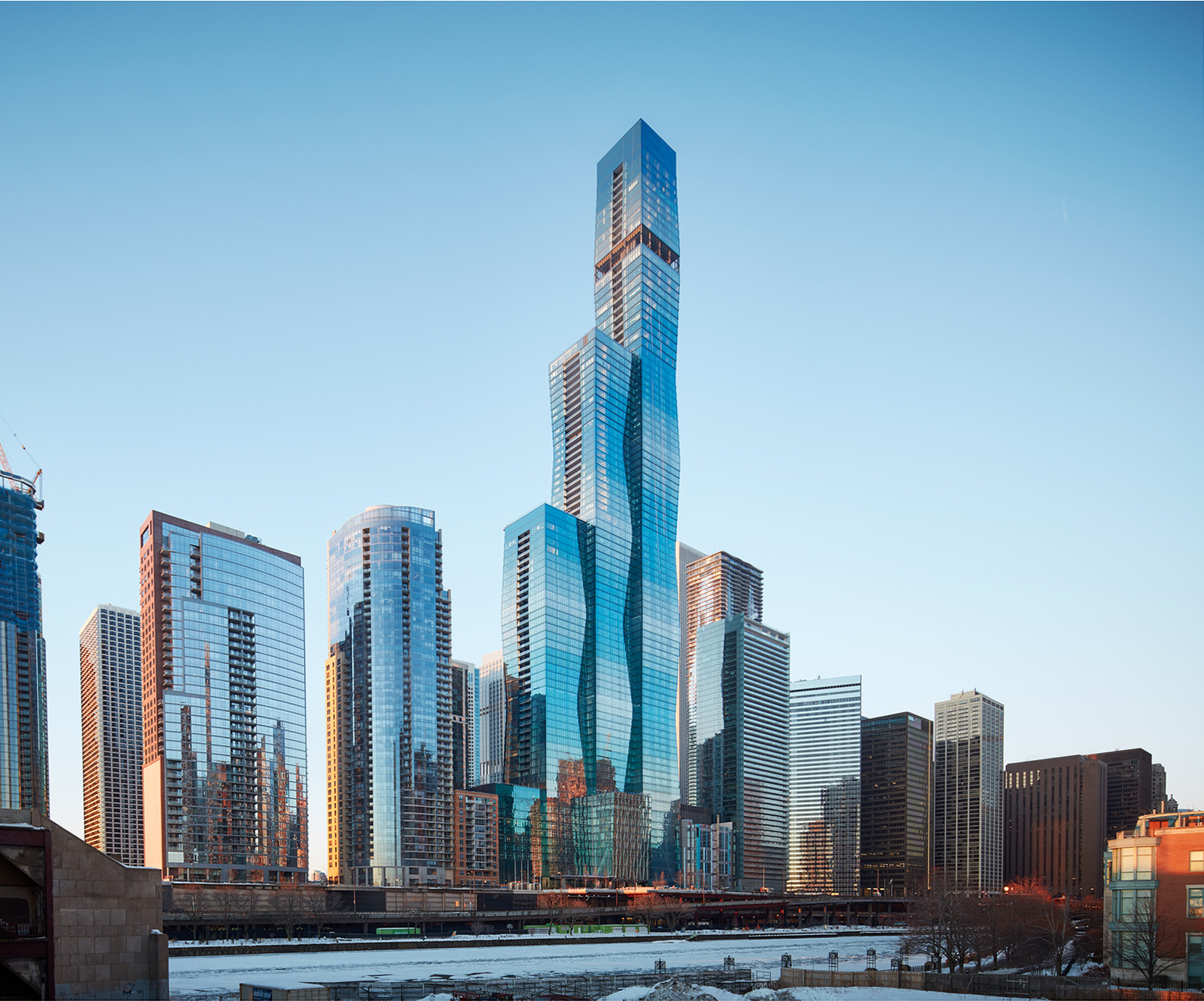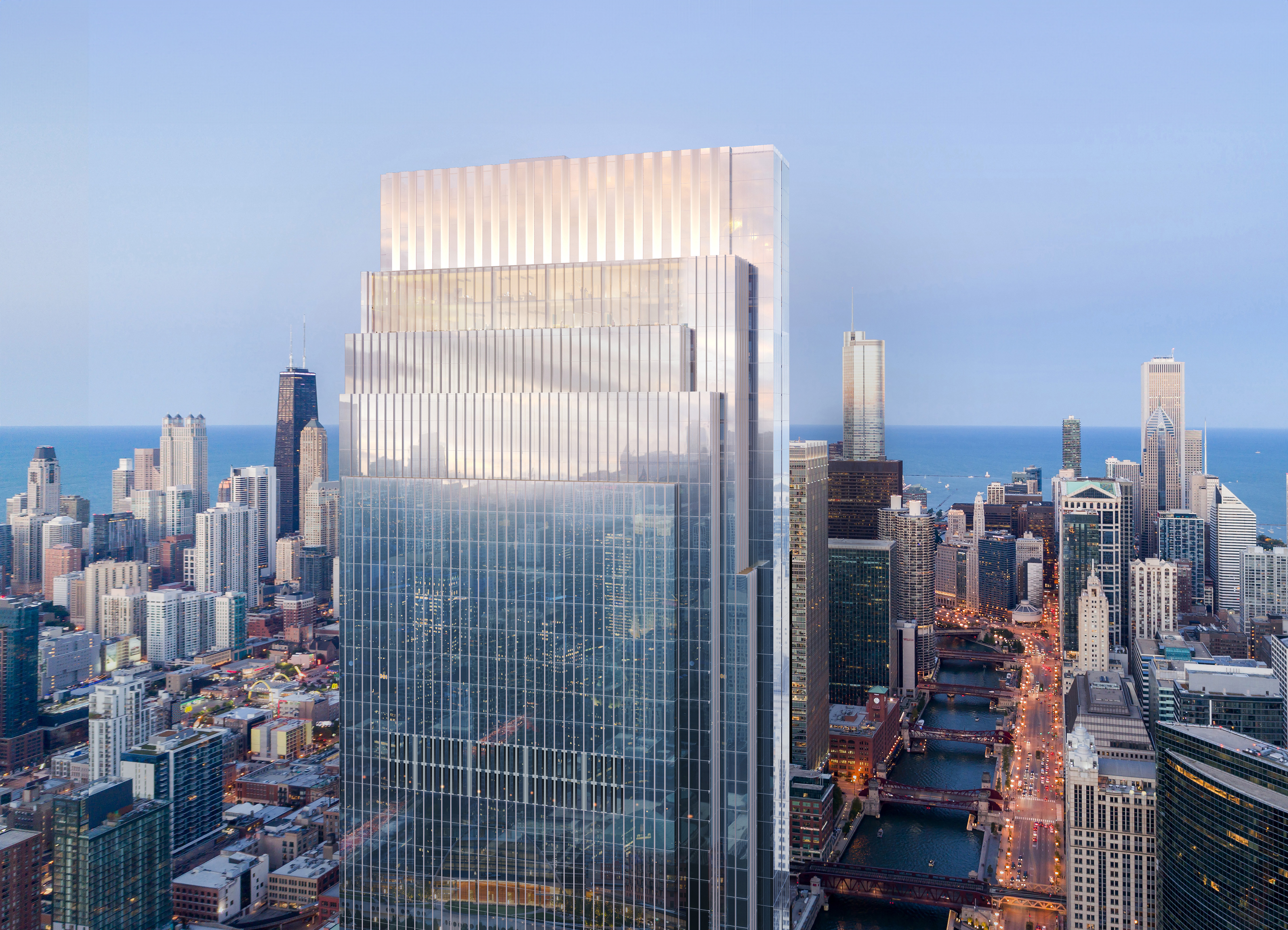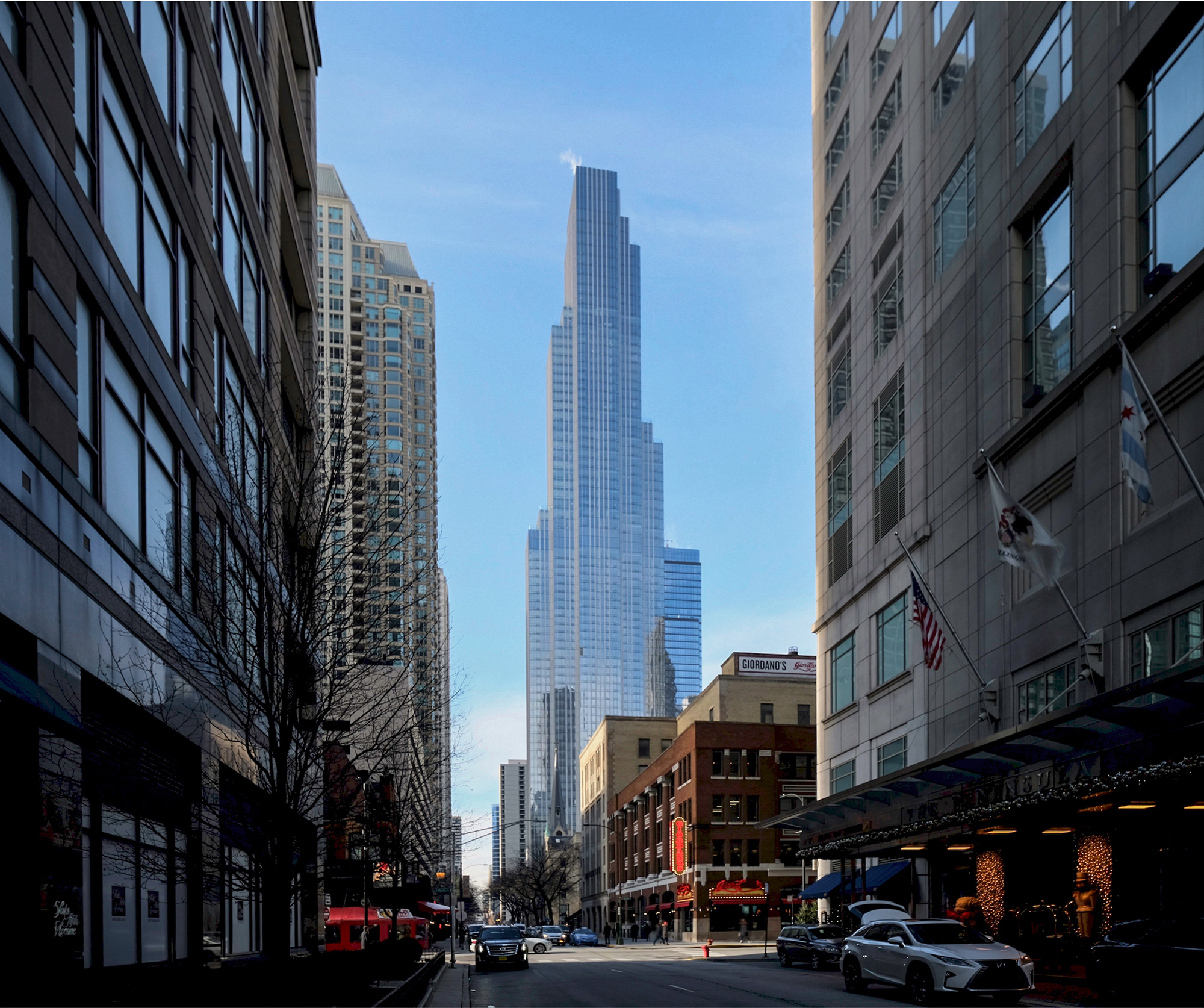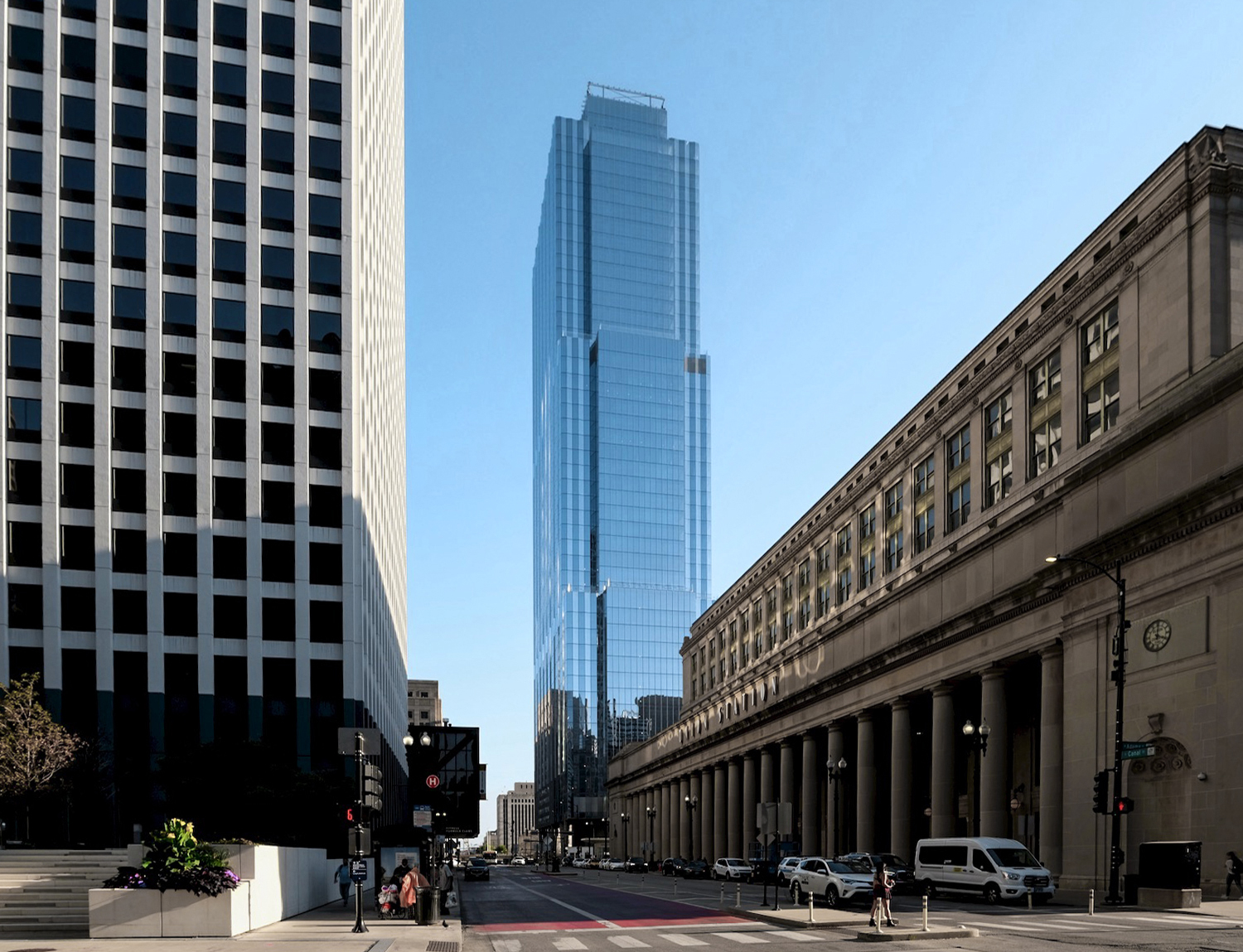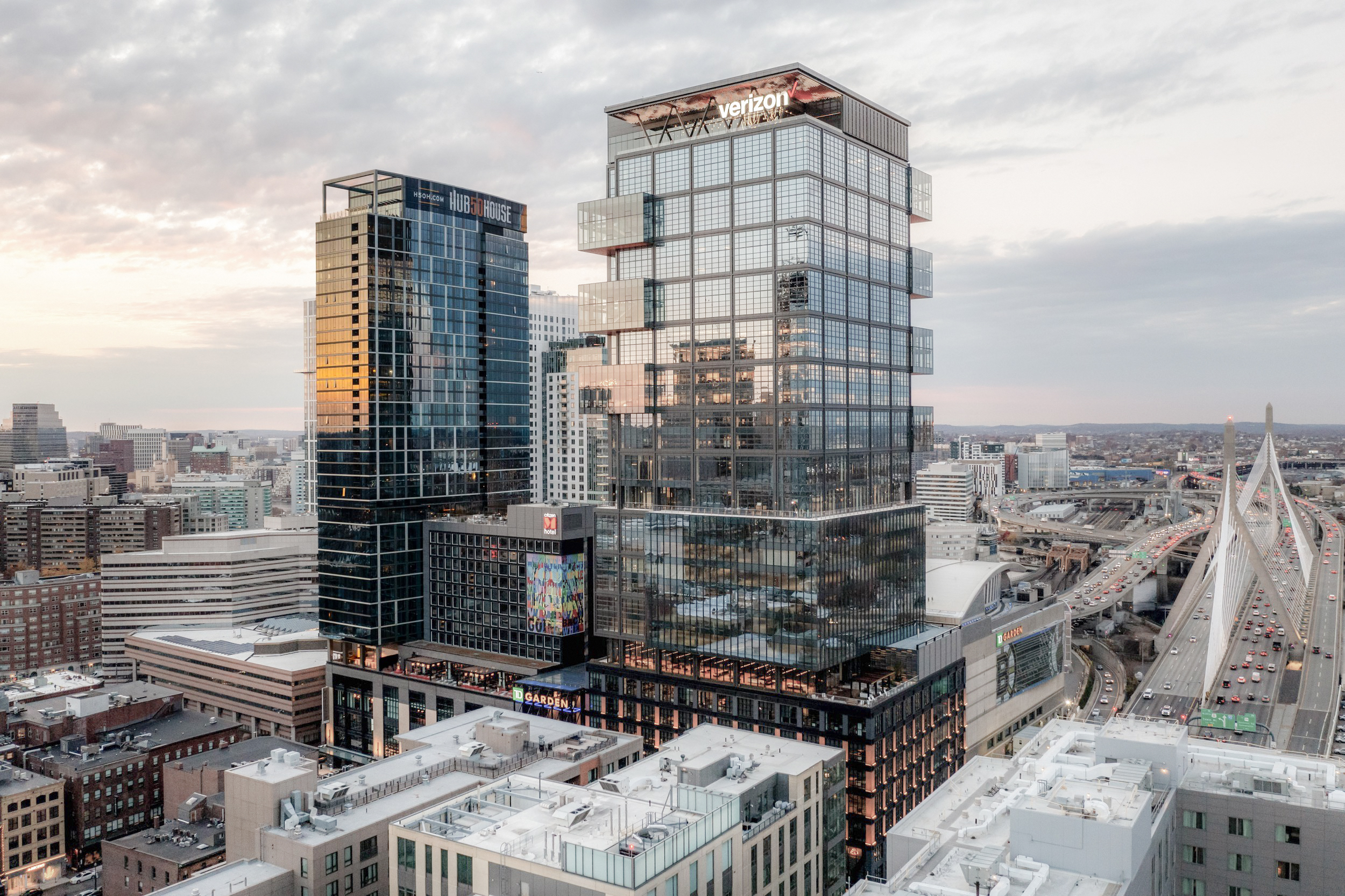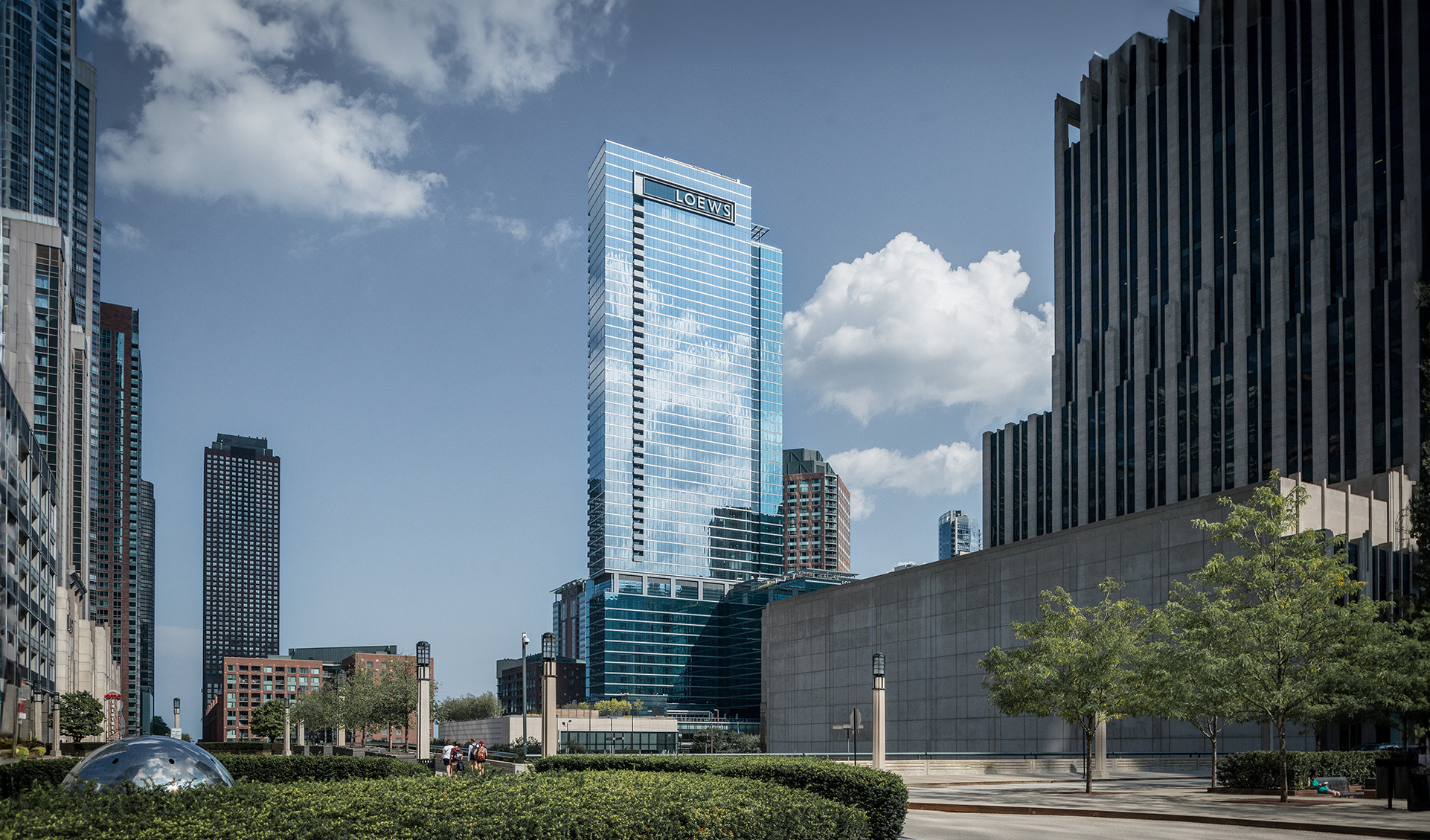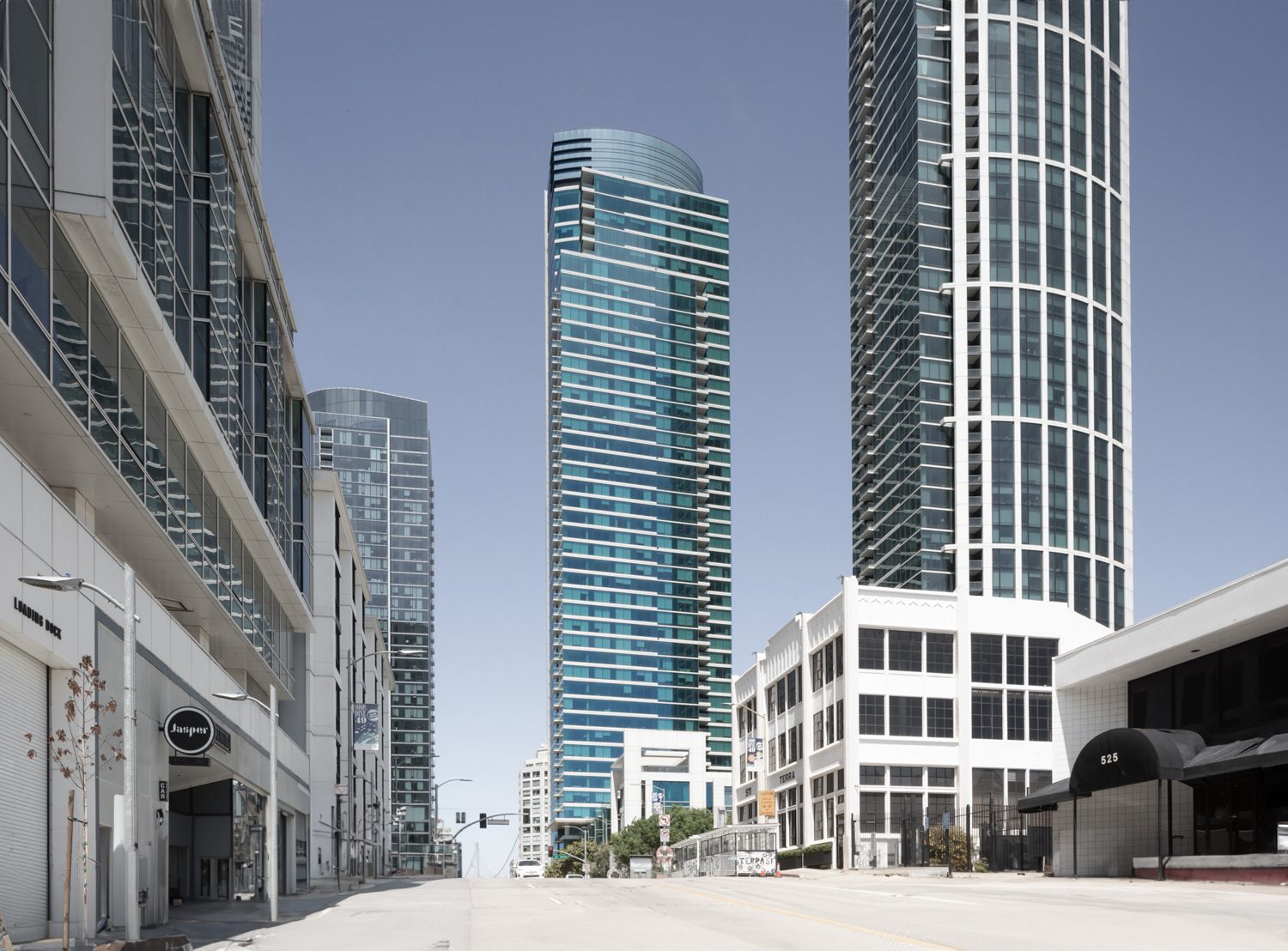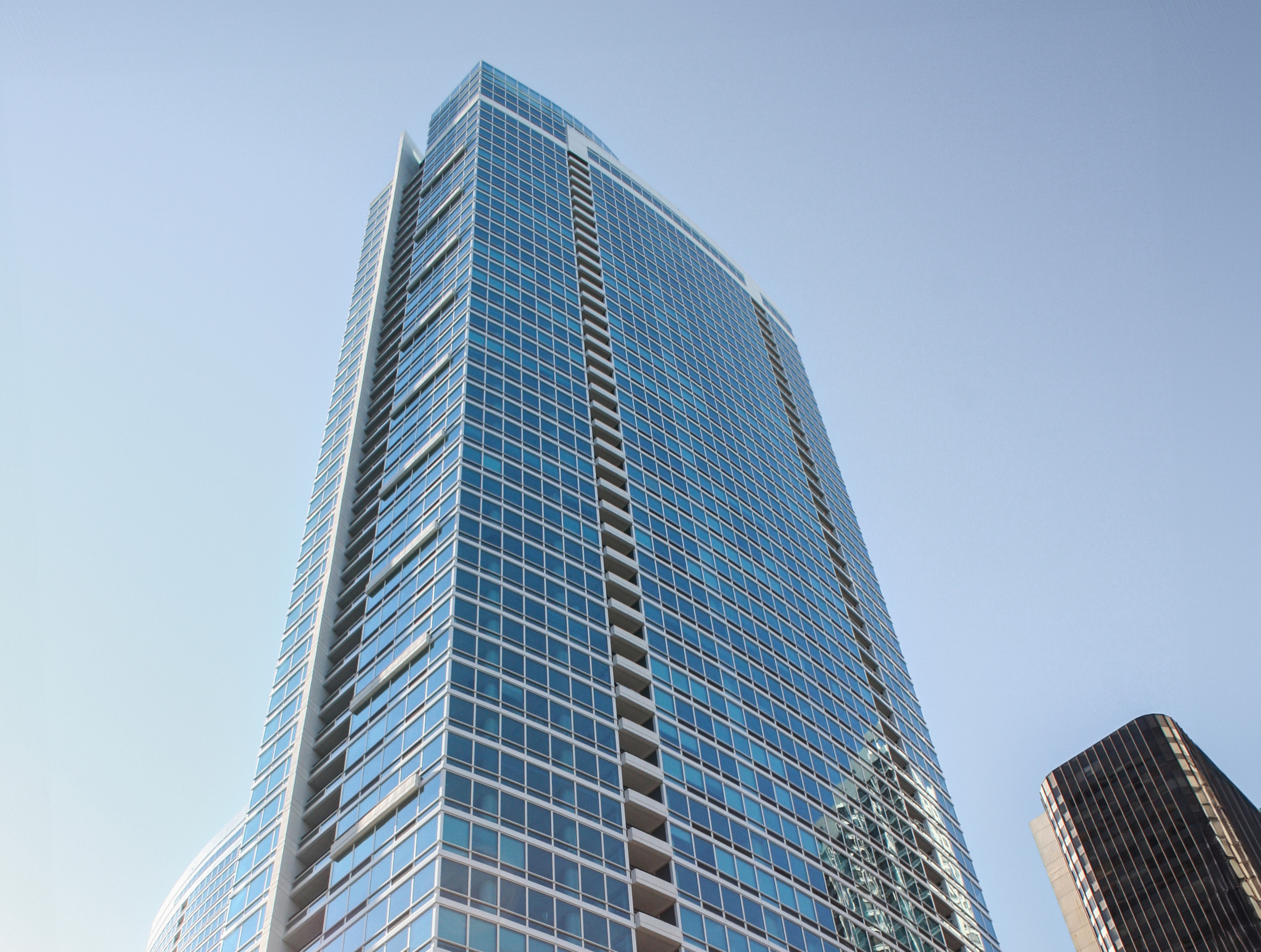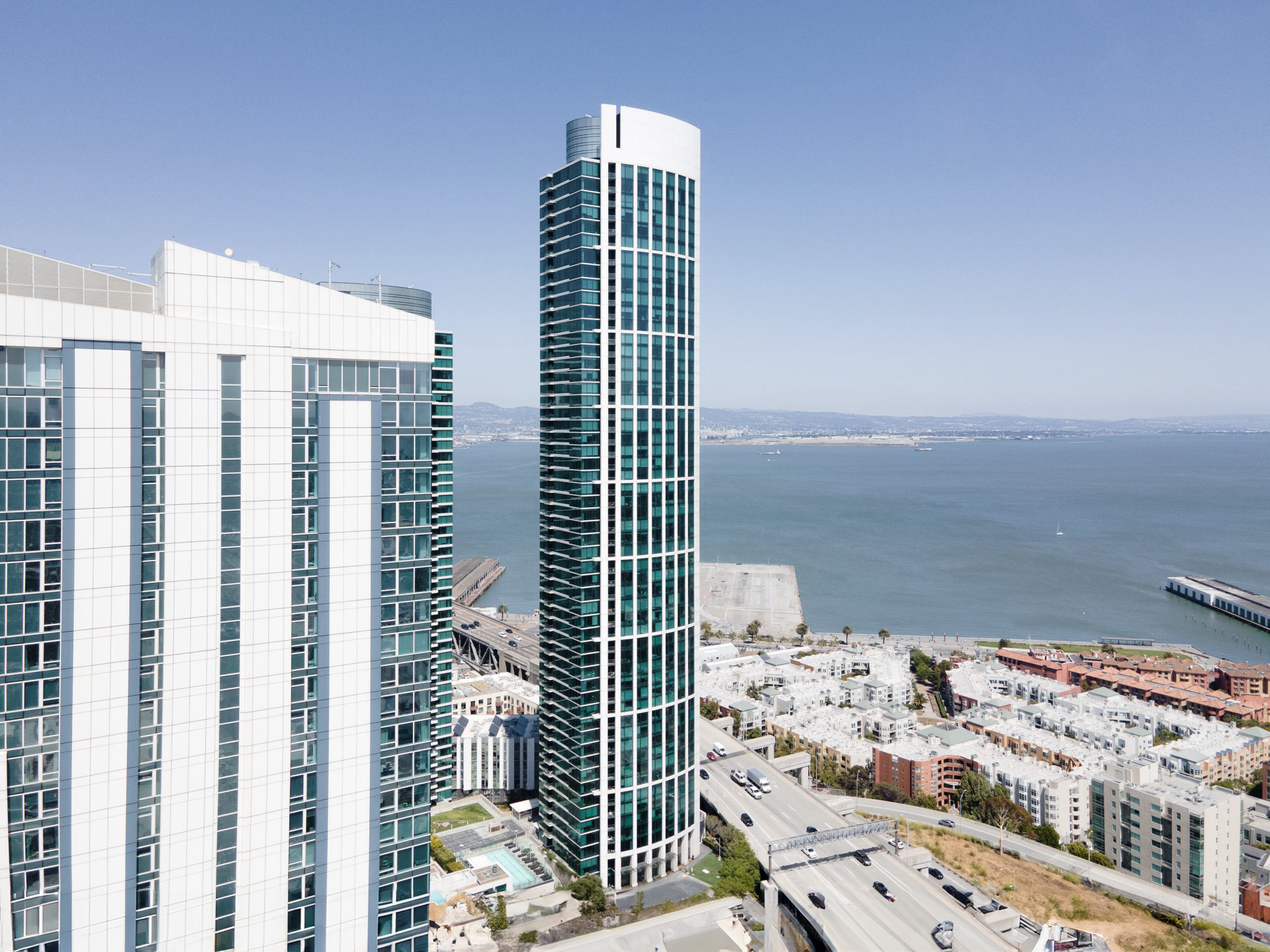The 340 on the Park Building is a Contemporary skyscraper designed by Solomon Cordwell Buenz, and built between 2004 and 2007, for a reported $244 million dollars, in Chicago, IL.
340 on the Park Building is not the only name you might know this building by though. The building is, or has also been known as 340 E. Randolph.
Its precise street address is 340 E Randolph St, Chicago, IL. You can also find it on the map here.
In 2007 when it was compelted, 340 On the Park was Chicago's first residential high-rise to be granted the LEED certification, exemplifying unparalleled environmental consciousness in the city's housing landscape.
